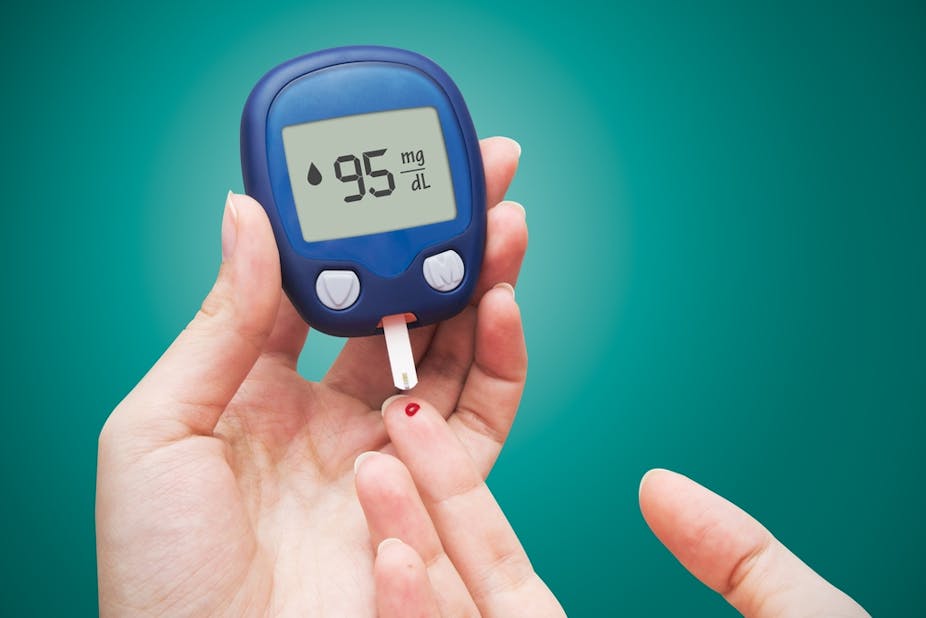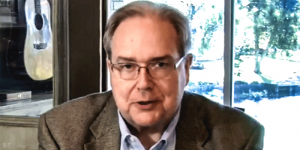Arkansas Ranks as the Third State by the Number of Obese People in the U.S.

Arkansas is again considered the third state in the country by the number of obese adults. The results were published last year. Judging by a report released on Thursday, the rate reached 37.1%.
The newly established rate is approximately two points higher than 35% of obese adult Arkansas residents in 2017. The results are calculated based on people’s reported weight and height.
In spite of the statistical insignificance of the rise, it was reason enough for Arkansas to move from the seventh to the third place in the country.
Mississippi and West Virginia, which ranked as the first and the second in the country in 2017, share the first place as of 2018. The 39.5% of adult residents in both of the cited states are classified as obese, based on their reported measurements.

In spite of a campaign that lasted for years, the number of obese people in Arkansas augmented. Governor Asa Hutchinson endorsed the campaign in 2015, intending on lowering the rate.
According to Hutchinson’s statement released on Thursday, the state has improved.
As claimed by Hutchinson, residents of Arkansas have been making healthier life choices. In her opinion, the changes are destined to reflect in the general Arkansas lifestyle.
The rankings were established on the grounds of data collected in a federal survey and assembled in the annual report titled “State of Obesity” by the Robert Wood Johnson Foundation and the Trust for America’s Health.
Arkansas also ranked third in terms of obesity in the state in 2016. However, the percentage was 35.7% at that time.
According to the latest report, obesity in America has reached a new level in 2018, since a total of nine states presently have an adult obesity percentage at or higher than 35%. Over the previous year, seven states were reported to have such high rates.
The director of the Arkansas Center for Health Improvement, Joe Thompson, tweeted on Thursday that the report was a wake-up call.
He made a comparison between this threat and the growth in the number of young people who were vaping. The latter motivated the White House to outlaw flavored electronic cigarettes.
Thompson wrote that other health problems, such as vaping, were being taken into consideration by policymakers. Thompson, however, pointed out the importance of renewing the fight against obesity, which now represents a condition reported in as many as 37.1% of adult residents of Arkansas.
During a phone interview, Thompson stated that the increase in the percentage of adults with diabetes from 12.2% in 2017 to 14.1% in 2018 especially concerned him. The cited increase is viewed as statistically significant.
Diabetes, a condition linked to obesity, possibly creates permanent problems that can lead to heart disease, stroke, hypertension, and cancer, as stated by Thompson.

He stated that he was particularly worried that the nation was losing the battle.
The report recommended, among other measures, further development of the federal Special Supplemental Nutrition Program for Women, Infants, and Children so that it includes other people as well. Additionally, the report advised boosting taxes on sugary drinks in general.
The Healthy Active Arkansas Plan of ten years requests that the state businesses, agencies, schools, and other institutions take certain measures, such as providing nutritious food and putting workplace wellness program into action, aiming to lower obesity rates.
At the time Hutchinson endorsed the idea, the report issued by the State of Obesity determined that the obesity rate of 35.9%, recorded in 2014, was the highest in America.
Nate Smith, the director of Arkansas Department of Health, stated that the efforts of the state implied installing water dispensers in schools and telling mothers to breast-feed their children so as to decrease the risk of them becoming obese later in life.

As stated by Smith, the state’s efforts concentrated primarily on modifying norms for the youth. According to him, such a plan is the most likely to succeed. However, he pointed out that there would be a time delay before the results are visible in adults.
According to Thompson, the state has improved in terms of encouraging healthier exercising and eating habits. However, the changes must become more extensive.
Thompson said that he feared that the country would not be able to finance the care caused by the epidemic unless the latter was reversed.
Data for the rankings are provided by the U.S. Centers for Disease Control and Prevention’s Behavioral Risk Factor Surveillance System, and it is based on surveys of over 400,000 adults across the country conducted annually by phone.
Height and weight of an adult person are factors in body mass index calculation. The results indicate whether a person is obese or not.
The approximate calculation of obesity rate in Arkansas implied a two percentage points margin error in 2018, and a 2.4 percentage points margin error in 2017.
Based on data collected in a different national survey in 2016 and 2017, the State of Obesity report determined that Arkansas was tied with Tennessee and California for having an obesity rate of 15.6% in youth aged 10 through 17.
The previous report, which took into account data collected in a survey conducted in 2016, ranked Arkansas as the eight in America, with the rate of 19.1% of obese children of the same age.






